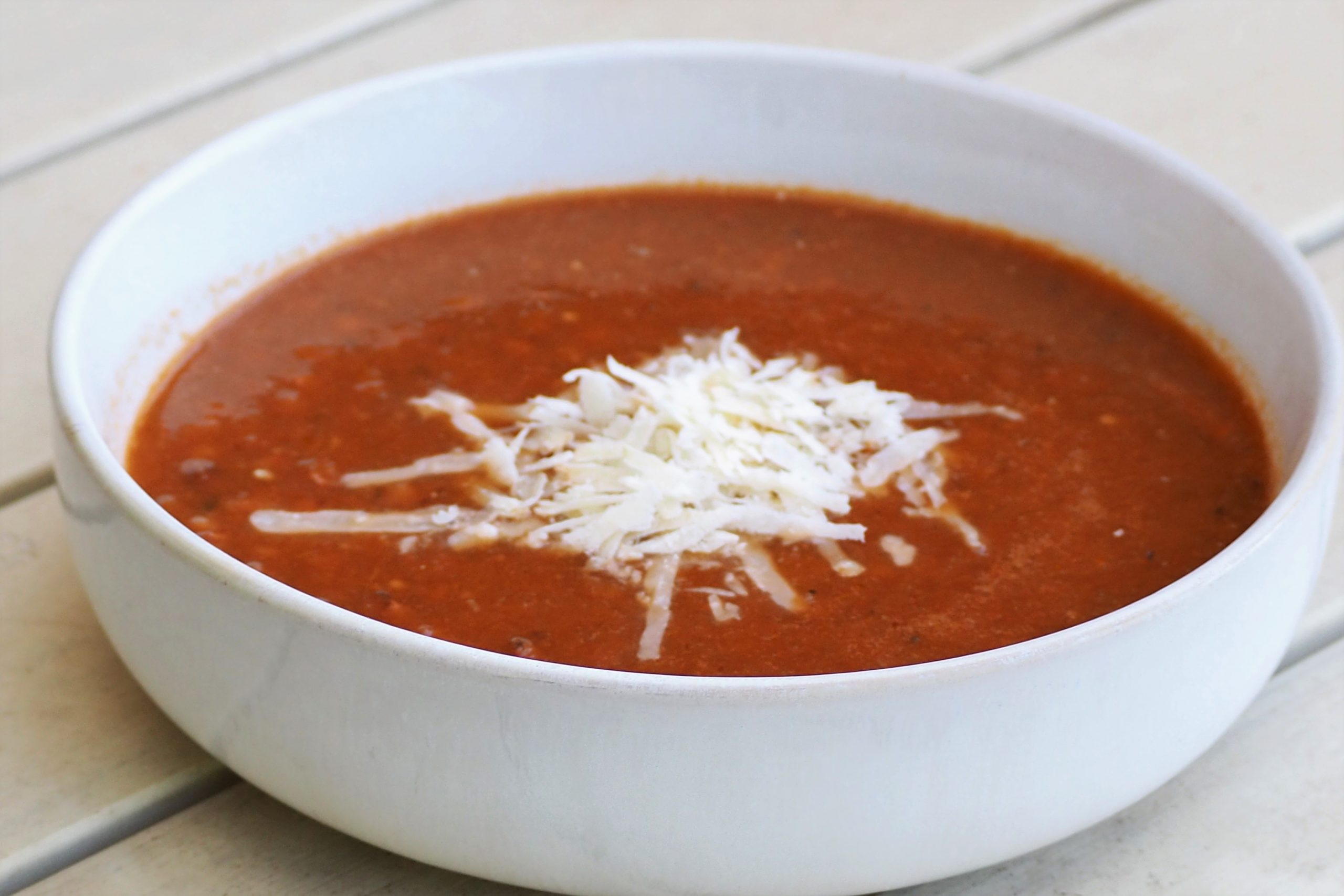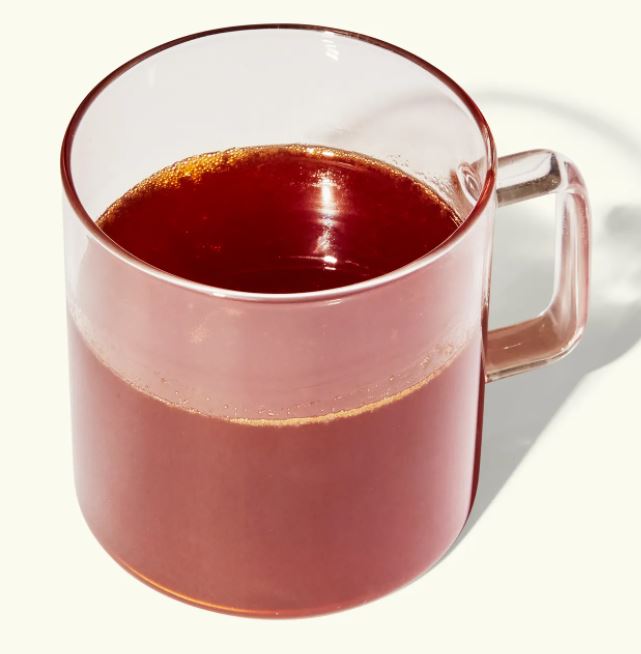Fibre is the part of plant foods that the body cannot digest. There are two types:
- Insoluble fibre provides the bulk and this is important to move food waste out of the body quickly, it acts like a big broom. Insoluble fibre sources include wholegrain cereal foods including bread, wholegrain crisp breads, higher fibre breakfast cereals (look at the fibre levels on the side of the packet), brown rice, wholemeal pasta, popcorn, skins and pips.
- Soluble fibre binds with water in the stool to help keep stool soft and this type of fibre is more fermentable. Soluble fibre sources include fruit, legumes, vegetables and oats.
For bowel function a good balance between both types of fibre throughout the day is important.
If you are experiencing difficulties with sluggish bowels, it may be worth discussing with your doctor or a dietitian whether the gradual build-up of your insoluble and soluble fibre intakes is safe and appropriate for you. However please note that in some situations constipation is not related to diet and a high-fibre diet can further aggravate the situation. This needs to be discussed with your doctor.
If you are experiencing wind and bloating, a good place to start is to check you are not overdoing the fruit and vegetable intake. Quite often this is an issue for individuals who move from ground zero to eating fruits and vegetables until they are coming out of their ears.
Although we encourage lots of variety and colours, during treatment it can be harder for the body to manage large volumes of these foods, especially when this has not been the normal dietary practice. In such situations, it’s best to start with three to five serves of vegetables and one -two pieces of fruit a day and slowly build up.
Other foods which can affect bloating are referred to the more fermentable types or higher FODMAP foods. It is really better to discuss this approach with a specialist dietitian; however, you can also experiment with cutting out foods such as onions, garlic, high fructose fruits such as apples and pears, pulses, sorbitol or xylitol containing mints or gums.




